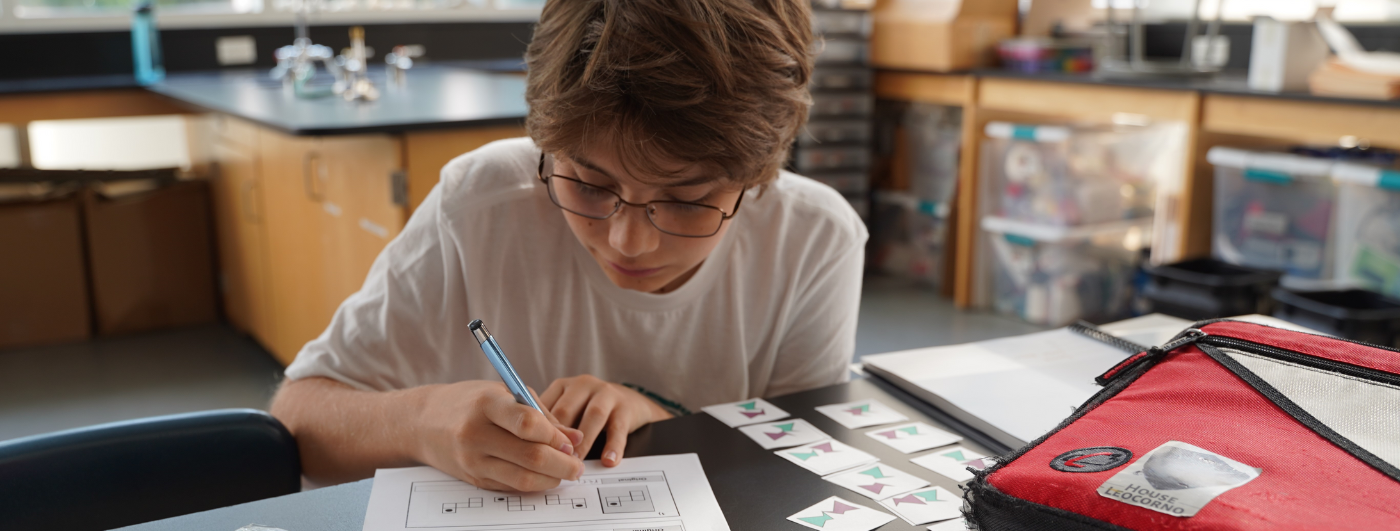Empowering students with language-based learning differences

Siena Blog



The Siena School Blog
Discover, Learn, Celebrate, and Empower
Welcome to Siena's blog, your source for helpful, cutting-edge resources tailored to teachers, parents, and other advocates in the learning differences community. We are dedicated to providing a wealth of curated knowledge spanning various topics, ranging from dyslexia advocacy and awareness to classroom teaching strategies, heritage month profiles, and social and emotional health.
Discover innovative classroom strategies that inspire creativity and foster a love of learning.
Our commitment to social-emotional wellness ensures that we provide valuable insights into healthy student development and self-advocacy.
Discover resources, reading and podcast recommendations, volunteering opportunities, and more for parents in the LD community.
Our important heritage month posts highlight key people, offer reading and podcast recommendations, and more.
Preparing For Your School Visit

“At first I was sad about leaving my old school, but I felt happy and excited later when I met new friends. It was also good to meet my new teachers and get to know them better.”
—Siena Elementary Student
Visiting a potential new school is an important step in deciding on the right school. It’s the first in-person, real-time encounter with a school’s students, faculty, staff, and leadership.
Preparing to see a new school is important and entails addressing material and emotional needs. Here are 3 keys for parents to assist in a successful school visit for their child:
1. Be prepared and ask questions.
A successful school visit requires pre-planning. Think about all the things your students need during a regular school day, such as:
- A bag or backpack
- Classroom supplies
- Lunch and snack foods
- A refillable water bottle
- Extra clothes for outdoor recess and/or P.E.
Depending on the school being visited, students might need some or all of the above materials. Having the necessary materials can help a visitor both be prepared for the day and—particularly for an anxious child—feel a sense of comfort and familiarity in a new environment. Parents could help build more excitement for the visit by having their child pick a favorite outfit, folder, pen/pencil, or snack to get ready for the day.
When preparing for your child’s school visit, parents could ask their admissions point of contact questions like these:
- What do I need to know about dropoff and pickup procedures? Can my child carpool with a current student?
- What emergency contact information should I provide?
- How will I find out about weather-related decisions that could delay the start of the school day?
- What do I need to do if my child has a food or other allergy? What if my child takes medication during the school day?
- What (if any) technology does my child need to bring—or not bring?
- Can my child bring a fidget or similar comfort object?
- Is there a dress code?
- What protocols are in place for COVID screening and in-school safety?
Knowing the answers to these questions gets the visit off to a strong start and helps show parents how well the school communicates with families.
“When my mom dropped me off, I was nervous. But then I made friends at lunch and felt more comfortable.” —Siena Elementary Student
2. Be aware of social and emotional needs.
After knowing what to bring and what to do for the school visit, parents should remember how important social and emotional wellness is for their child. Parental support is key to the school visit. Start by recognizing that it’s very common and understandable to be nervous about visiting a new school—similar to how adults could be nervous about the unknowns of starting a new job.
If possible, parents should request a schedule for how their child’s day will be structured, and then review it with their child in advance of the visit. This can provide some predictability for classes and breaks, as well as generate excitement for any activities or clubs in the visitor’s day. Knowing something as simple as what time they’ll eat lunch or where they’ll put their things can help a child feel a sense of control.
It might help assuage some anxieties by working with the school’s admissions office to arrange a short pre-visit to see the school building at off-peak times. Even a short walk around the school building and grounds with a staff member beforehand can help ease a student into their visit.
3. Be curious and open-minded.
Just like a new neighborhood or new social activity, a new school has a lot to offer for students. Being open to diverse experiences and opportunities—such as different teaching styles or extracurricular offerings—can help a child see if the school is a good fit for them.
An openness to possibility and newness is important for student visitors at all grade levels (but especially high schoolers). Being flexible and welcoming of change helps visitors learn about a school. The older a student is, the more likely they are to have preconceived notions or rigid expectations about what they want from a school. Parents might need to remind students that each school has its own way of doing things, so an open-minded approach can help students genuinely learn what the school can offer them.
Here are some questions students can ask when visiting a potential new school:
- What kinds of homework and class projects will I do?
- Can I meet with my teachers outside class to discuss my work?
- What are the major all-school events that happen?
- What extracurricular clubs, activities, groups and/or sports teams can I join?
“I was happy to be visiting a new school because there were a lot of kids like me. I didn’t feel left out.” —Siena Elementary Student
When parents prepare for a school visit by asking relevant questions and knowing what to bring, they can ensure that their child gets the most out of the experience. Having the materials, support, and mindset they need will maximize the opportunity for students to both learn about the school and help the school learn about them.
See The Siena School blog for more relevant information about student life, such as about how students learn to self-advocate and how parents and students can connect with their new school communities.
